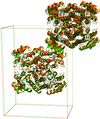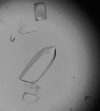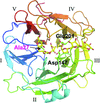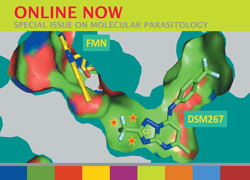issue contents
December 2018 issue

Cover illustration: Protein phosphatase 1 (PP1) dephosphorylates hundreds of key biological targets by associating with nearly 200 regulatory proteins to form highly specific holoenzymes. Here the structure of an ancient highly conserved regulatory protein, SDS22, provides insights into the mechanism of heterodimer formation with PP1 [Choy et al. (2018), Acta Cryst. F74, 817-824].
research communications
 access
access access
access access
access

 journal menu
journal menu





















![[publBio]](/logos/publbio.gif)





